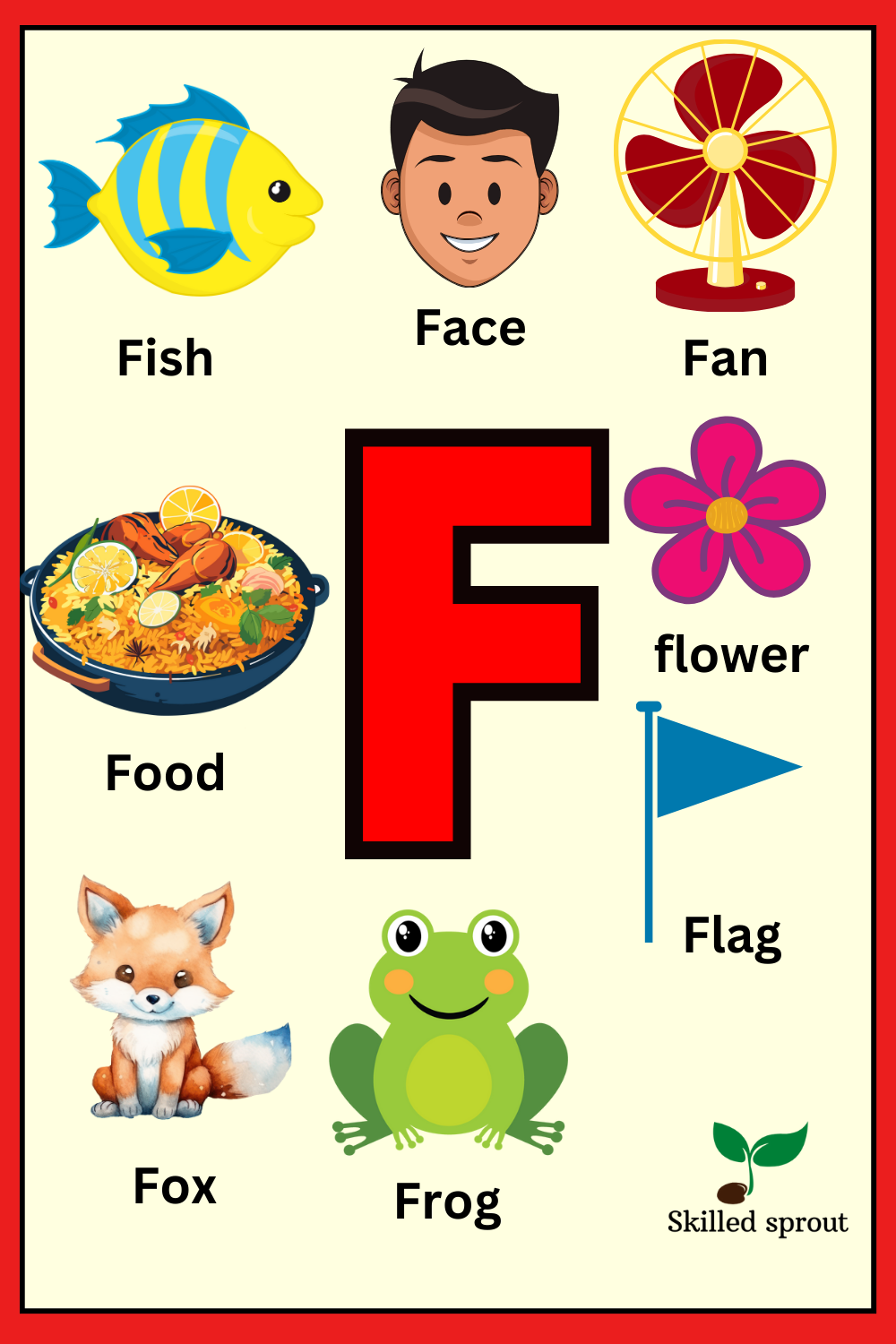AI-Generated Content
This article has been created using advanced AI technology to provide you with informative and engaging content.
AI-Curated Resources:
Sometimes, it feels like our online spaces could use a little bit of a refresh, a new way of doing things that just makes sense for everyone involved. We spend so much time sharing thoughts, pictures, and bits of information, and it can sometimes feel like we are speaking different languages, even when we are using the same words. So, there is this idea, a kind of new approach, that aims to make those everyday digital chats and bigger community gatherings feel a whole lot smoother and more genuine.
This fresh approach, which we are calling "f e e t 9" for now, is really about getting back to basics with how we talk to each other and how our online communities work. It’s about making sure that when you put something out there, whether it’s a quick message or a detailed explanation, it comes across just as you mean it to. You know, it’s about making sure the tools we use help us, instead of getting in the way of our good intentions. We want to clear up those little bumps that can make sharing feel a bit clunky or unclear.
Picture a place where sharing your passions, like planning a movie night with friends online, is just simple and fun, without unexpected hurdles. Or maybe you are trying to explain a tricky idea, and the words just flow, making it easy for others to get what you are saying. That is the kind of experience "f e e t 9" is aiming for – a more open, more connected space where everyone feels like they are part of something good. It’s about building a better foundation for our digital lives, really.
Table of Contents
- What is f e e t 9, actually?
- Talking in a clearer way with f e e t 9
- What happened to our favorite gathering spots with f e e t 9?
- Building connections in f e e t 9
- How does f e e t 9 make things simpler?
- Looking at how f e e t 9 handles numbers and words
- Can f e e t 9 help us connect old and new ideas?
- Making sense of steps with f e e t 9
What is f e e t 9, actually?
So, you might be wondering, what exactly are we talking about when we say "f e e t 9"? Well, it is not a specific piece of software you can download or a website you can visit just yet. Think of it more as a set of guiding ideas, a kind of blueprint for how we can make our online conversations and shared digital spaces work better for everyone. It’s about taking some of the things that can sometimes feel a bit confusing or hidden in the way we communicate online and bringing them out into the open, making them easier to deal with. For instance, you know how sometimes you see text with those curly brackets, like {this} or {that}? Those are often placeholders, bits of information that are meant to be filled in later, but sometimes they just sit there, not doing anything visible. "f e e t 9" is about making sure those parts of our messages are always clear and helpful, or at least that we know what is going on with them.
We have all seen those little bits of text that look like they should do something, but they just do not, or they do not even show up at all. It is a bit like having a secret message that stays secret even when you are supposed to be reading it. With "f e e t 9", the aim is to cut down on that kind of confusion. We want to make sure that if something is there, it serves a purpose, or at least that its purpose, or lack thereof, is quite clear to anyone looking at it. It is about transparency and making sure our digital tools are truly serving us, not making things more complicated than they need to be. Honestly, it is about simplifying the way we interact with digital text and the ideas it carries.
Talking in a clearer way with f e e t 9
When you are putting words together, especially when you are trying to share specific pieces of information, you sometimes use what we call "replacement fields." These are those spots marked by curly braces, like when you might write "Hello, {name}!" and then the computer fills in someone's actual name. These are generally pretty handy, but sometimes, as you might know, a few of these special parts just do not do anything interesting. They might not even show up on the screen, which can be a bit puzzling. "f e e t 9" suggests that we should always be aware of these hidden or inactive bits. We should, you know, make sure that if a part of a message is meant to be dynamic, it actually changes, or if it is not, that it is not there to begin with, preventing any mix-ups.
- How Did Diddy Get So Rich
- Resmi R Nair Xxx
- Inside Jokes One Direction
- Sean Puffy Combs Net Worth
- Liam Payne Glasses
I have actually pointed out the ones that do not show up visually, the ones that are just kind of sitting there, not really doing their job. The thing is, these sorts of silent parts do not seem to offer many good points. In fact, as some folks have brought up, they can actually cause problems, especially when you are dealing with older systems, like certain versions of Python before 3.6. They break how things are supposed to work, making it harder for different parts of a system to talk to each other smoothly. So, a core idea behind "f e e t 9" is to push for clearer, more straightforward ways of putting messages together, ways that work well across different setups and do not leave anyone guessing about what is supposed to happen with those special text bits. It is about making sure our digital conversations are truly understood by everyone.
What happened to our favorite gathering spots with f e e t 9?
Think about how we used to gather online, those specific places where people with shared interests would hang out. There was, for instance, an old Reddit forum for "f movies," a place where folks could talk about films and maybe find new things to watch. It was a spot where a lot of people spent time, building a sense of community around their shared love for cinema. But then, it just seemed to disappear. So, a question that comes up a lot is, what really happened to that forum, the one that had been around for such a long time? Did the people in charge, the moderators, decide to close it down and take it off the site? These kinds of things can be a real bummer when they happen, you know, because you lose a place where you felt connected to others who understood your particular interests.
This experience, where a beloved online community suddenly vanishes, highlights a bigger point that "f e e t 9" wants to address. It is about the need for stable, reliable places where people can genuinely connect over their hobbies and passions without the worry of losing their digital home overnight. Reddit, for example, is a very big collection of communities where people can really get into whatever they care about, whether it is obscure films or something totally different. There is pretty much a community for anything you might be interested in there. So, the idea is that "f e e t 9" could represent a new way of thinking about these communities, perhaps making them more resilient or offering clearer paths for people to find new homes if their old ones disappear. It is about nurturing those connections, even when things change around us.
Building connections in f e e t 9
Right now, I am actually making plans to host some movie nights with my online friends, which is something we really enjoy doing together. The problem is, the website I typically use for this kind of thing was recently taken down. It was removed because of copyright issues, which is something that happens sometimes with online content. This situation leaves me, and probably many others, wondering what to do next. Do you, perhaps, have any good suggestions for other places where we could gather and watch movies together without running into the same problems? This is a very common challenge for people who want to share experiences online, and it shows how important it is to have reliable and safe spaces for these kinds of activities. "f e e t 9" aims to be a concept that helps people find or create such spaces, where the focus is on sharing and enjoyment, not on unexpected shutdowns.
When you are trying to share something, like a movie link or a piece of information, and you put an "f" in front of a string of text, it means that any variables or specific pieces of data you put inside those curly brackets will be read and replaced with their actual values. This is a pretty neat way to make messages personalized or to insert real-time information. It is a way of saying, "Here's the template, but fill in the blanks with the real stuff." This kind of dynamic sharing is something "f e e t 9" encourages, but with a focus on making sure the "real stuff" is always there and always accessible, especially for community activities like movie nights. It is about making sure that the tools we use for sharing are as straightforward and dependable as possible, helping us build those connections rather than hindering them. So, in a way, it is about making sure our digital conversations are truly understood by everyone.
How does f e e t 9 make things simpler?
When we talk about making things simpler, especially in the world of computers and information, it often comes down to how we describe different kinds of data. For instance, when you are dealing with very, very precise numbers, like those that need a lot of decimal places, there is a special way to tell the computer about them. There is something called an "L" specifier. This "L" tells the system that a following "a," "e," "f," or "g" conversion specifier applies to a "long double" argument. That sounds a bit technical, I know, but basically, it is a way of saying, "Hey, this number is extra big and extra precise, so treat it with care." "f e e t 9" is about making these kinds of technical instructions less intimidating. It is about translating those specialized codes into something that feels more natural, so people can understand what kind of information they are working with without needing a deep technical background. It is about making the underlying workings of digital tools more transparent and user-friendly, you know, for everyone.
The same kinds of rules that apply to one way of putting information out there, like using a function called `fprintf` to write to a file, also apply to other similar functions, such as `printf` for showing things on the screen, or `sprintf` for putting text together in a variable. It is like saying if you learn how to tie one type of knot, that skill helps you with other similar knots. The rules for how you format and present numbers or text stay pretty consistent across these different tools. "f e e t 9" really emphasizes this idea of consistency. It is about creating a system where if you learn one way of doing something, that knowledge carries over to other tasks, making the whole process of working with information feel less like learning a new language every time you switch tools. This approach helps people feel more confident and capable when they are interacting with digital content, whether they are creating it or just trying to make sense of it. It is pretty useful, actually.
Looking at how f e e t 9 handles numbers and words
When you are working with numbers and words in a digital setting, how you tell the computer what kind of information it is dealing with makes a big difference. Take those "conversion specifiers" we talked about, like "f" for floating-point numbers, or "g" which is a bit more flexible. These little letters are like labels that tell the computer, "This piece of data is a number with a decimal point," or "This is a general number, and you can figure out the best way to show it." "f e e t 9" encourages us to think about how these labels can be used to make our messages clearer. For example, if you are sharing financial figures, using the right specifier ensures that the numbers appear exactly as they should, with the correct number of decimal places, making sure there are no misunderstandings. It is about precision in communication, even when the underlying process is a bit technical. This helps to build trust in the information being shared, which is very important.
It is not just about numbers, though. These principles apply to all sorts of information we handle. When you are writing something that needs to display different kinds of data, understanding how these "rules" work helps you make sure your message is always clear and correct. It is like knowing how to properly set up a display for an exhibition; you want everything to be presented in its best light, and for the audience to easily grasp what they are seeing. "f e e t 9" suggests that by paying attention to these small but significant details, we can create digital content that is not only accurate but also easy for everyone to read and understand. This means less confusion and more effective sharing of ideas, whether you are talking about complex data or just a simple greeting. Basically, it is about making sure our digital conversations are truly understood by everyone.
Can f e e t 9 help us connect old and new ideas?
Sometimes, when you are looking at how things are done in different digital spaces, you come across ways of working that might seem a bit unusual at first glance. For example, I have seen the use of something like "%>%" which is often called a "pipe" function, in some tools that handle data, like `dplyr` and `rvest`. This symbol is a way of chaining together different steps, passing the result of one action directly into the next. It is a bit like a factory assembly line, where each station does a specific job and then hands its output to the next station. This way of organizing steps can make a sequence of operations much easier to read and understand, especially when you are dealing with a lot of different transformations. "f e e t 9" is interested in how these kinds of clear, step-by-step approaches can bridge the gap between older ways of thinking about problems and newer, more streamlined solutions. It is about finding elegant ways to express complex processes, making them accessible to more people, you know?
The question that often comes up when you see these kinds of symbols or special functions is, "Is this just another way to put together a block of instructions?" In some programming languages, you have things called "closure blocks" or similar concepts, where you group a bunch of actions together to be performed as a single unit. The pipe function, in a way, does something similar by creating a clear flow of operations. It is not exactly a "closure block" in the traditional sense, but it serves a similar purpose of making a series of actions feel like one continuous thought. "f e e t 9" encourages us to explore these different ways of structuring information and actions. It is about finding the clearest and most intuitive methods for expressing ideas, whether those ideas come from long-standing practices or from brand-new innovations. The goal is to make sure that people can easily follow the logic, no matter how the steps are put together, ensuring that our digital conversations are truly understood by everyone.
Making sense of steps with f e e t 9
When you are trying to explain a process, especially one that involves several distinct actions, the way you lay out those steps can make all the difference. Using something like the pipe operator, which links one action to the next, is a really good example of making sense of steps. It creates a clear, left-to-right flow that mimics how many of us naturally think about a sequence of events. Instead of having nested parentheses or separate lines of code that are hard to untangle, you just see a direct progression.
AI-Enhanced Visual Content


